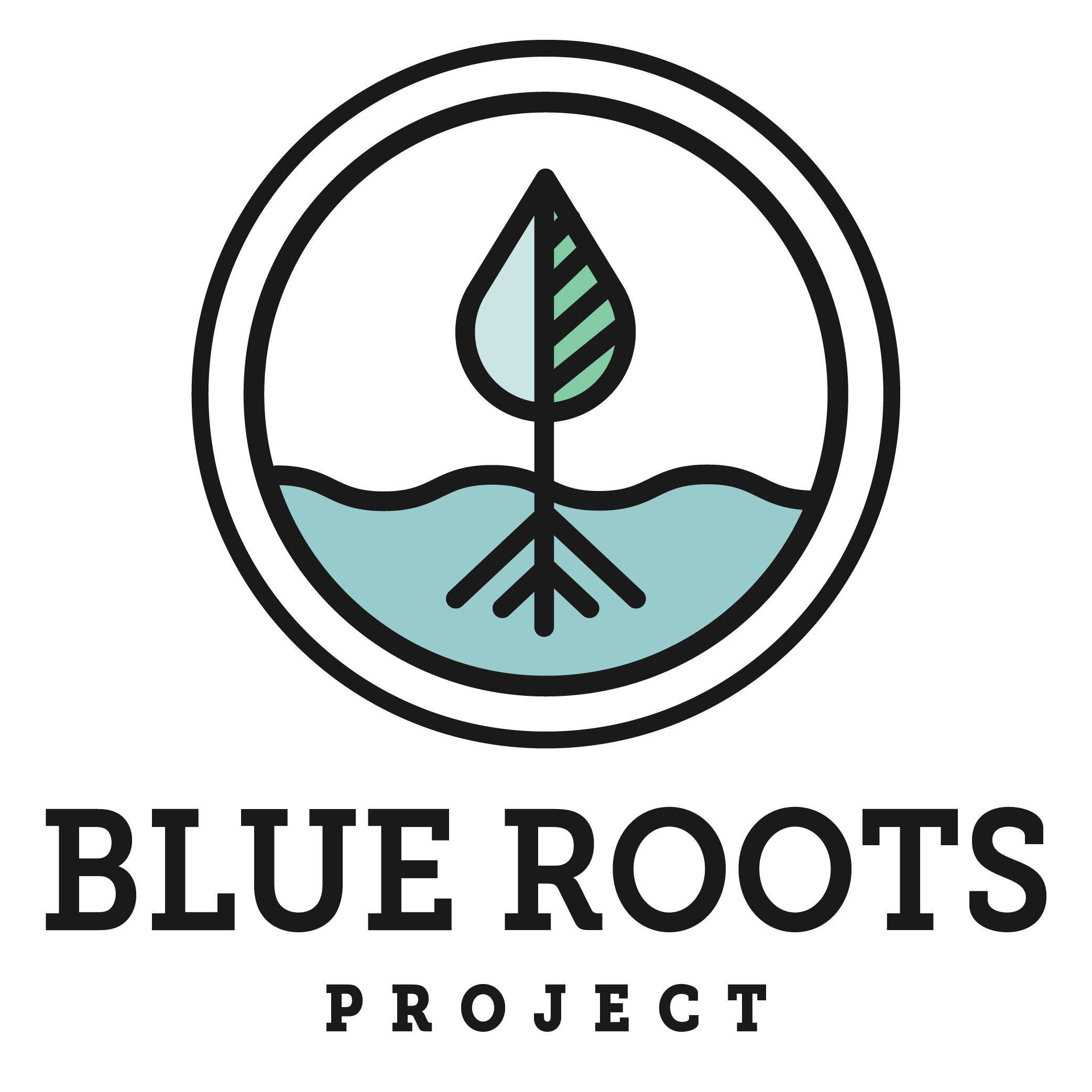Special Water Places
Happy belated Earth Day to all! The Blue Roots Project team is still sore from digging holes and planting trees on a property less than 30 minutes from where we all live in Muncie, Ind. We asked, and you all delivered. From April 17 through April 21, for every water story submission we received, we agreed to plant one tree on Earth Day, April 22. Well, thanks to our contributors, we collected about 20 submissions. And since we had a good-sized team, we ended up planting TWO trees per water story (and then some!).
We hope you marked Earth Day doing something special, whether it was conserving a little extra water, picking up a piece of trash, taking part in nationwide protests or even just visiting a special place and taking some time to reflect. Water is such a crucial part of our planet, considering it covers about 70 percent of Earth’s surface. For many people, those special places where they feel closest to nature also include water.
Some of our contributors this week did visit special water places, often those with personal, historical or societal significance. Here’s a few of our favorites from the week:
Scenic overlook
Tabitha Eddy captured an incredible sunset while on the South Norfolk Jordan Bridge in Portsmouth, Va.
Unexpected beauty
Although entirely landlocked, Indiana still boasts some water places, like lakes and reservoirs. Our neighbor Sammy Condon posted this photo of the sun over Prairie Creek Reservoir in Muncie, Ind.
Special places of indigenous peoples
Moana Maniapoto is a member of the indigenous Polynesian people in New Zealand, the Māori. She submitted a few stories to Blue Roots Project last week, but this selfie shows her in the land of her father. See more of her submissions on her Instagram page.
Thanks to all who contributed this week and every week since we launched this project more than two months ago! This will be our final Best of blog post, but be on the lookout for a special feature we’re publishing in the coming weeks.

